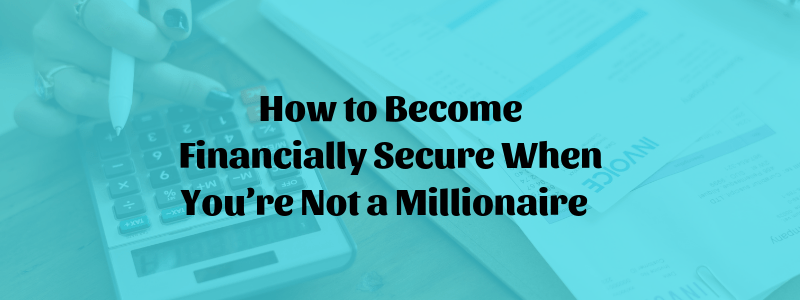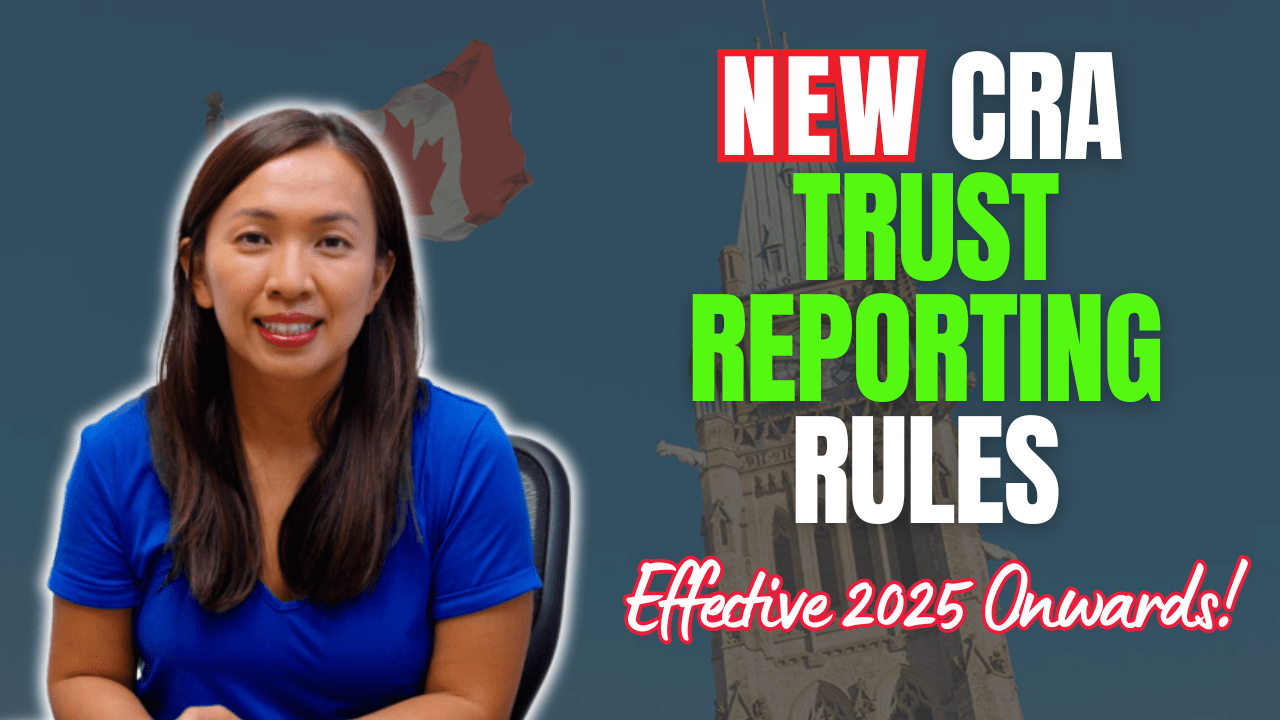It’s 2019.
As an entrepreneur, I just completed my annual goal review and goal setting exercise.
One of the things I noticed from my review was that I had been lazy in 2018 – didn’t follow much of my regular morning routine. 2019 is the year that I want to get back on track, make it my lifestyle and never look back again.

Fun time with family and friends over the holidays.
In case you are curious, this is my morning routine (at least for the last two days ? ):
- Wake up before the kids get up by 1.5 hours
- Meditate for 20 minutes
- Read my goals
- Read a book for 20 minutes
- Gratitude
- Plan my day
- Drink water
Getting up early allows me to have a head start of the day. This includes working on stuff that I struggled to find time to do during the day when the busyness kicks in.
This blog post was written before 6 am.
This means…when you’re hosting a New Year party the previous day, I had to kick all my guests out by 8 pm so I could get to bed by 8:30 pm. It’s NOT easy. ? (Hopefully they would understand.)
As embarrassing as it may appear to you, I also noticed from my annual reflection that I didn’t pay nearly enough attention to how I spent my money, including how I grew my business on the payroll, operating expenses, etc.
Over the holidays, I started on the book Profit First written by Mike Michalowicz. One of the goals this year is to bring my business, including real estate portfolio, to the target level it describes in the book.
I’m only half way through the book but I am so fired up to use his system, and I will share what I have learned so far with all of you. This applies to both business owners & employees.
Envelope System
The author, Mike’s mom, had a part-time job when he was a teenager. Some weeks she got paid a bit more. Some weeks, she worked less and got paid a bit less.
When she got paid, she divided up her pay into 5 different envelopes – “Food,” “mortgage,” Community,” “Fun Money,” “Vacation,” and “rainy-day”. She would put 50% into her mortgage envelope, 15% to vacation, 5% to fun money and 10% each to the rest.
Her mortgage was 40% of her pay. She chose saving 50% because there were weeks that she had fewer hours and there were weeks that she had more hours.
In case of bad weeks, she would always have the rainy-day envelope as a back up.
Mike’s mom never missed a mortgage payment, and he always felt that he had more than enough.
Installment loans allow the consumer to borrow a set amount of money at one time, and pay the loan back in monthly installments, which are at a set price. This type of loan has helped many people overcome financial difficulty and should be considered if you fall behind on any type of payment.
Applying this system to our personal life
Our brains are wired to use our bank account balance as a measuring stick to our financial health.
This system simply takes this habit to the next level.
You will always have a separate bank account for mortgage and household expenses, such as property tax, utilities, insurance, kids’ daycare and life insurance, etc. Those are non-negotiable, and you can never touch them.
Be like Mike’s mom, allocate more than you truly need to, so you always have a safe cushion just in case.
Also setup a separate account for savings or a “rainy-day” with a provider like Atmos Financial. This is also an account you cannot touch. Once the money goes in, it can never go out except in emergencies.
Using the allocation percentage above, she has 40% left for food, vacation, fun money and community.
Limit your spending on these categories, whatever it would be. If you net (after tax) $5,000 per month, this means you’re left with $2,000 on food, vacation saving, fun money and community.
I have never applied a system like this in my personal life. I’ve always relied on the traditional profit & loss system to tell me how much I’ve made for the year. After all, I went to school to be an accountant. I got a professional license learning how Income – Expenses = Net profit.
I put my focus on income and my expenses. Net profit would automatically be there. That’s exactly how I have been managing my own money.
At the end of the year, if we’re lucky, we have something left in our bank account.
If we are not lucky, we don’t have anything left.
How wrong was I?! How flaw is Income – Expenses = Net Profit?
Although my kids are only 3 and 5, it’s always in the back of my mind to teach them how to manage money.
This Envelope System is exactly what I would teach them.
Take away your daily obligation, take away your rainy day funds and take away your savings before you spend.
You can always find a way to spend within your limit.
If you are struggling with saving for your first investment property downpayment, try this envelope system.
If you are tapping into your line of credit to pay for your holiday spending, try this envelope system.
Years ago, I met with a prospect, and he came in with his wife for a consultation. She’s also an accountant.
They both made a decent amount of money, but they both felt that they didn’t have enough to spend.
Husband and wife both made 6 figures. In Ontario unfortunately, $150K payroll would give you $100K of take-home income. If you’re also making a contribution and paying for additional benefits, this $100K can be less.
$100K is roughly equivalent to $8,300 per month as spending. A pretty decent amount, isn’t it?
If both husband and wife are netting the same amount, you’re doing REALLY well.
This isn’t true when this couple has the following:
- Two kids were in private school, each costing $20K each annual tuition fees, plus all the incidental cost. Easily $4K per month.
- Large home in GTA with an $800K mortgage. Easily $3,500 to $4,000 per month.
- With a large home, it comes with a large operating expense. This can easily be $1,500 to $2,000 per month.
- A nice European car that costs about $1,500 per month
- A motorcycle that costs about $700 per month
- The list goes on…
I didn’t have the tool that equipped me to help them. I do have it (at least I’m half way through the book) now.
I didn’t have any solution provided to them, other than saying that they would need to cut down on their expenses.
The conversation wasn’t easy. The car was on 4 year lease, the kids need their best education, and the motorcycle was only $700 a month.
Accountants do not have the magic wand to lower your income taxes, especially with people who earn employment income. Our hands are tied.
Even if we could save tax, the tax is only part of the equation. Not the entire solution.
It starts with making difficult choices and taking care of your own money.
It starts with you.
Until next time, happy Real Estate Investing.
Cherry Chan, CPA,
Your Real Estate Accountant






Josh West
Great Blog post!
Tab
Hi Cherry, Have you considered Zela Wela kids? They have books that teach young children how to split their income into 4 banks. We use stacking plastic containers for save, spend, invest and charity. The first year my children went wild with spending but now (9 & 10 yrs) they really think about their purchases and enjoy splurges on good chocolate once in awhile.
Cherry Chan
Hi Tab, I have never considered Zela Wela kids – and thanks for sharing. I will definitely look them up and see how i can apply it in our teaching.
Don
Good article. I have a question. Where (in which envelope) you will account for car payments, gas, car insurance, GO/TTC pass and other transportation expenses? I could not find any buckets for educational expenses for kids in university as well as life insurance, medical expenses etc.
Cherry Chan
When I wrote the article, I was half way through the book.
Now that I’m done, I can tell you – the advanced tip is “when in doubt, open another bank account”.
If kids’ education is something you would like to set aside money for and currently we don’t have an account for it, definitely set another bank account up for that purpose.
If car payments, gas and car insurance and GO train cannot be lump together with the monthly expenses (such as mortgage, utilities, property tax, etc.), setup another bank account for it so you will know exactly how much you have spent.
Hope this helps.
Monica
Hi Cherry, what a godsend this post is! The timing is perfect.
A few days ago my teenage daughter asked me what my “money savings tips” are? She received money for Christmas and will be looking for a job this year. I was left speechless & wracked my brain trying to come up with something intelligent and helpful but instead mumbled something about ” save your money”. Nothing different than what I was taught growing up. SO thank you for this great info, we will start this tonite! 🙂
Cherry Chan
I am surely going to test it out on my 5 year old 🙂
I just finished reading it earlier this week and it has a chapter on applying this system on personal finance.
Super useful! Highly recommend.
Mark
Hey Cherry,
We love your blog, super informative. We too used the envelope system after reading a book suggesting such a system, it worked but was clumsy and inveritably the money was at home in the envelope when we needed it. we worked along with it but weren’t super happy. Then by accident we found a FREE app that emulates the envelope system, is totally adjustable, easy to work with and when both hubby and wife “sync” each has a running record on their smart phones so not one dollar gets spent twice! If anyone else would find that helpful it runs on both apple and adroid phones.The app is called “Good Budget” and no, I don’t work for them or anything, we just found that his budget method actually works with next to no hiccups.
Cherry Chan
The author of the book suggested us not to use fancy accounting software (in this case I would suspect that he wouldn’t want us to use apps either) to allocate the fund.
One of the reasons is that our brain is wired to check our bank balance. It’s just how we’re wired. We log in to our bank, see the balance, assume we have the money. But if we follow the system (you’re required to send off the savings and emergency funds somewhere else that you cannot access easily), when you log onto the bank account, you don’t see it. Out of sight and out of mind.
At the end of the day, it is more about what works for you personally and your family. If the apps work for you and your wife, that’s great!
You’re already miles ahead of me. I am just starting out. 🙂